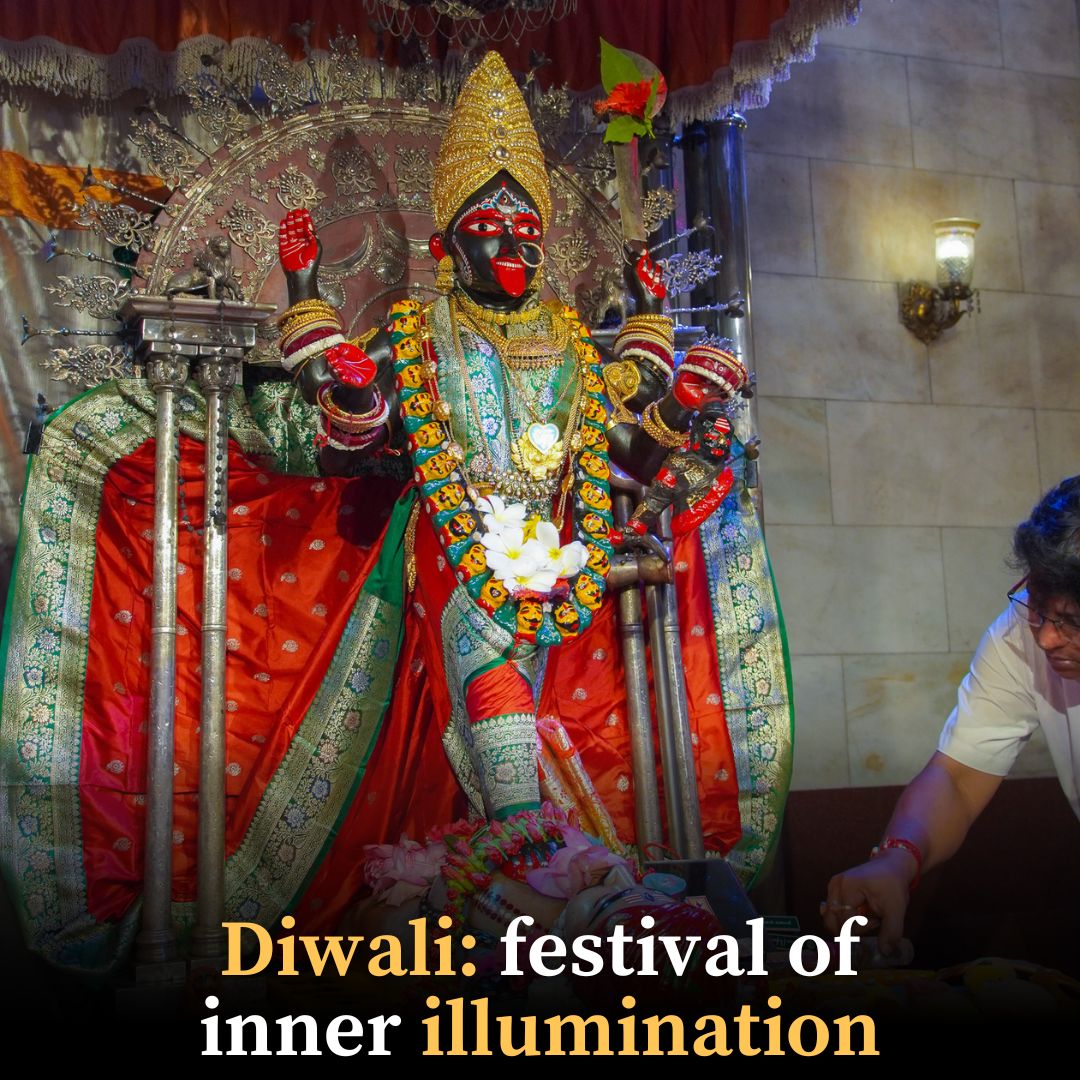This week, Hindus across the world celebrate Diwali which can span up to 6-7 days. There are several puranic narratives and rituals associated with the many days of Diwali celebrated by different communities. Cutting across diverse regional customs is the ritual of lighting rows of lamps signifying the cultivation of truth, knowledge and inner divinity against the background of ignorance and inertia (symbolised by the darkness of the moonless night on which Diwali falls).
Several deities are associated with this festival and hence they receive pujas during one of the days of Diwali and include Dhanvantri, Kali, Yama, Hanuman, Ardhanarishwara (Shiva + Shakti) and Govardhana (Krishna). Lakshmi, the deity of prosperity, features in several rituals as Diwali marks the autumn harvest and new fiscal year. For some communities from Nepal and Western India, Diwali is also a New Year festival. Diwali also celebrates the triumph of Dharma over Adharma – a theme reflected in two narratives: Sita-Rama-Lakshmana returning home from exile and Satyabhama-Krishna vanquishing Narakasura. During the festival, Hindus also honour their ancestors (Pitru-devas), who return to their abode after a brief visit to earth.
About the image: Kali at Dakshineswar temple (Kolkata) is associated with one of modern Hinduism’s most pivotal spiritual figures (Sri Ramakrishna), whose life inspired some of the greatest Hindu freedom fighters and the spread of Hinduism to the West. Across most of Bharat, Lakshmi Puja is performed at Diwali, however in Eastern India and Bangladesh, it is Kali who is the focal point of night-long rituals. One of the most misunderstood Hindu deities (partly due to the writings of colonial writers), Kali is NOT the deity of death (that role sits with Yama). Rather Kali is one of the forms of the absolute Brahman, embodying the state consciousness that exists beyond the limitations of time and space.

